Waterville Yard
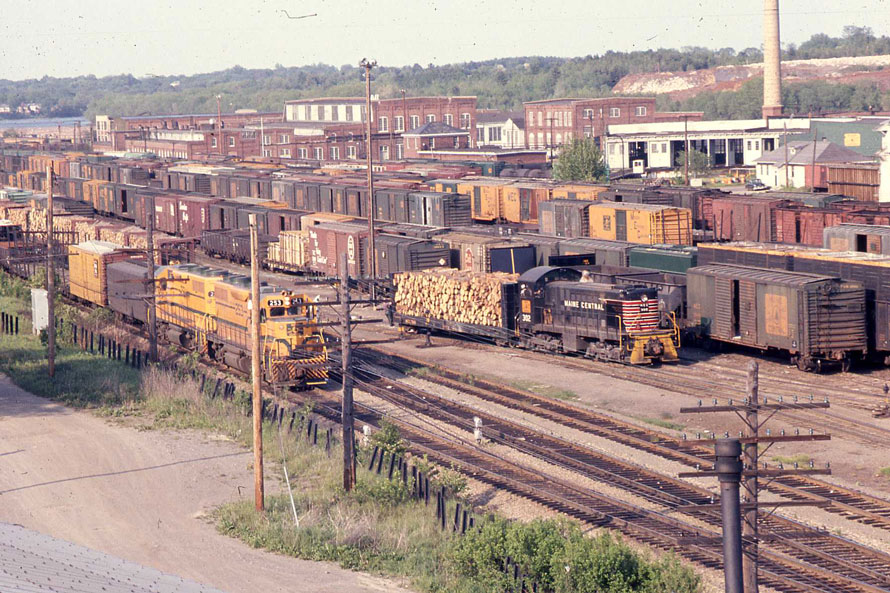
Fifty years ago Railroading was far different from today. My introduction to the Maine Central started in 1964 when I went to Colby College in Waterville. Once exposed, I became fascinated by this amazing industry, the people who worked in it, and the coordination and teamwork required to run the railroad.
The Maine Central, Scott Paper, Hathaway Shirts, Keyes Fiber and Colby were among the largest employers, and Waterville was a thriving industrial community.
The Maine Central Railroad was originally known to me only as a name painted on a boxcar. I knew very little about railroading, but I had always enjoyed puzzles, and how this industry worked became a lifelong interest and hobby.
In the 1960’s, computers were used only in banks, large industries like the phone companies, and payroll offices. There were no desktop PCs, no laptops, no cell phones, no email, no texting, and no internet. And yet vast amounts of freight and passengers were delivered all around the country, efficiently, economically, and generally on time.
Upon first entering Waterville’s Yard Office, I was greeted by Conductor Arthur L. Doucette. Art joined the MEC after returning from the Korean War, and soon became a close friend.
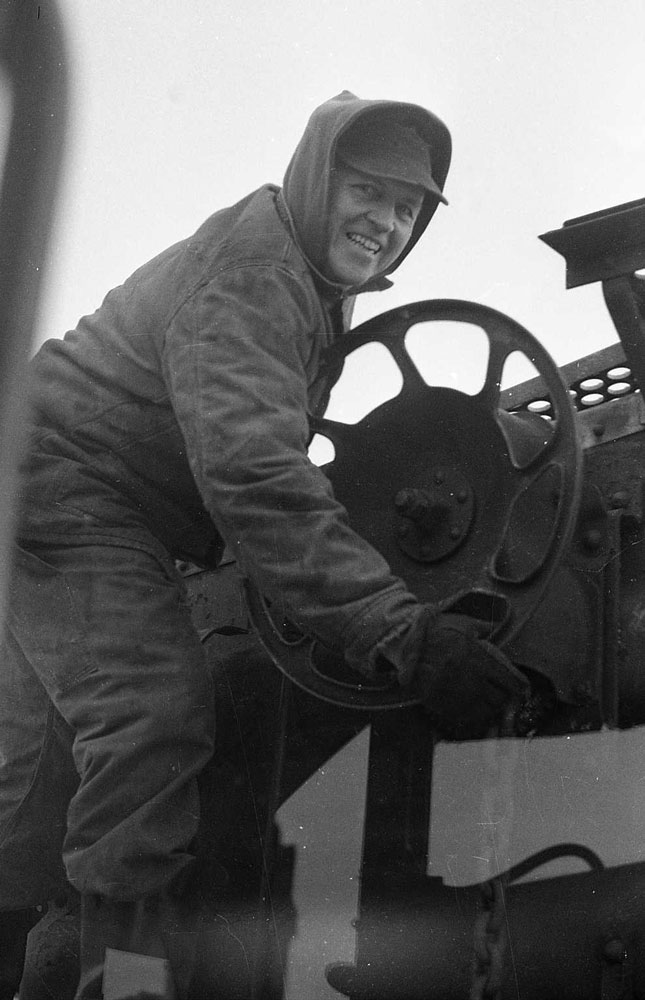
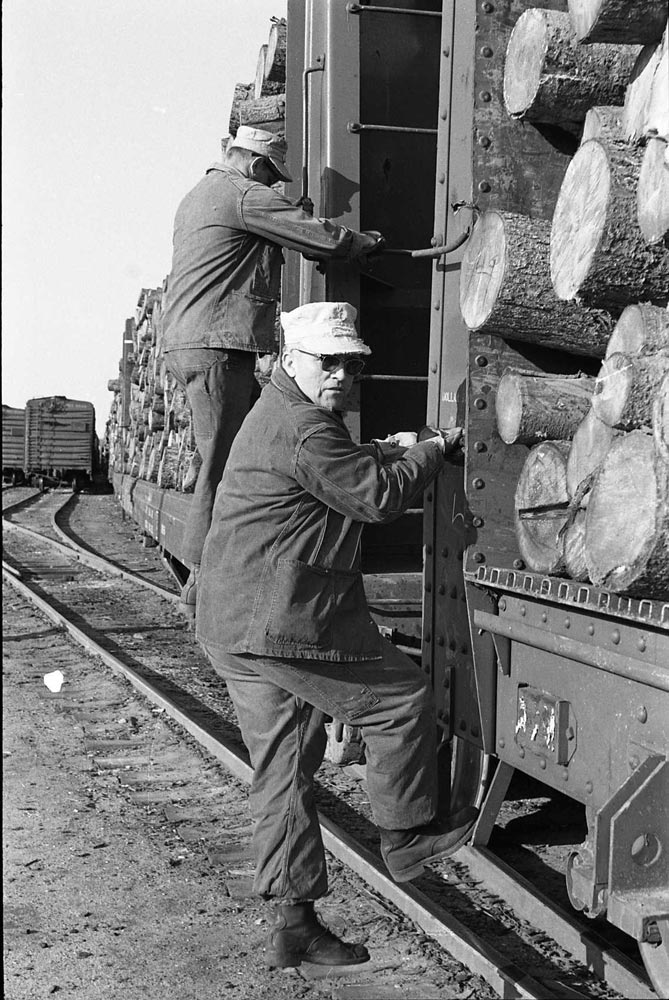
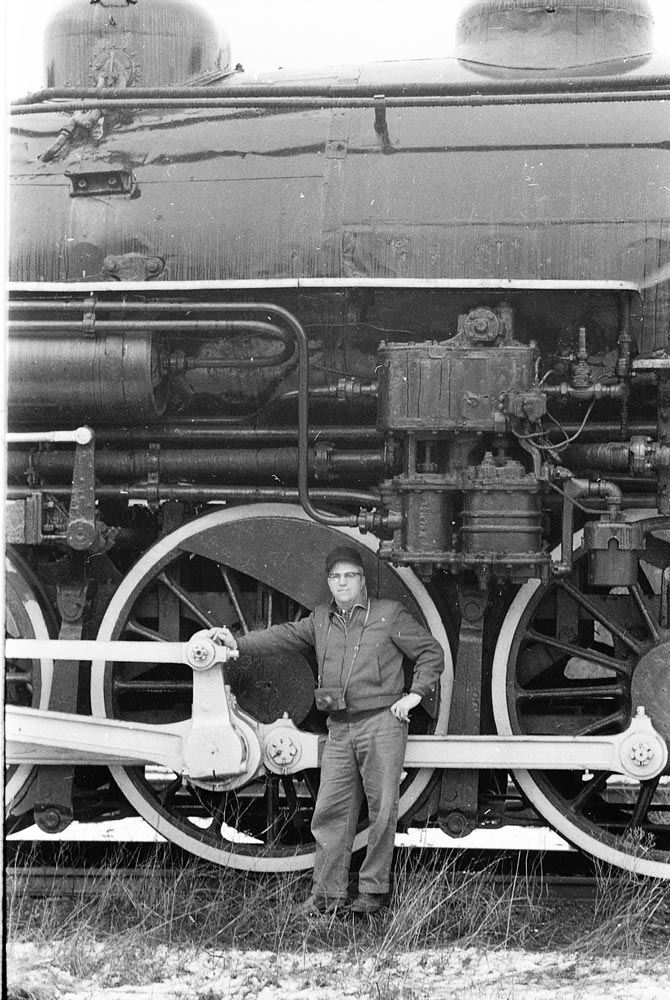
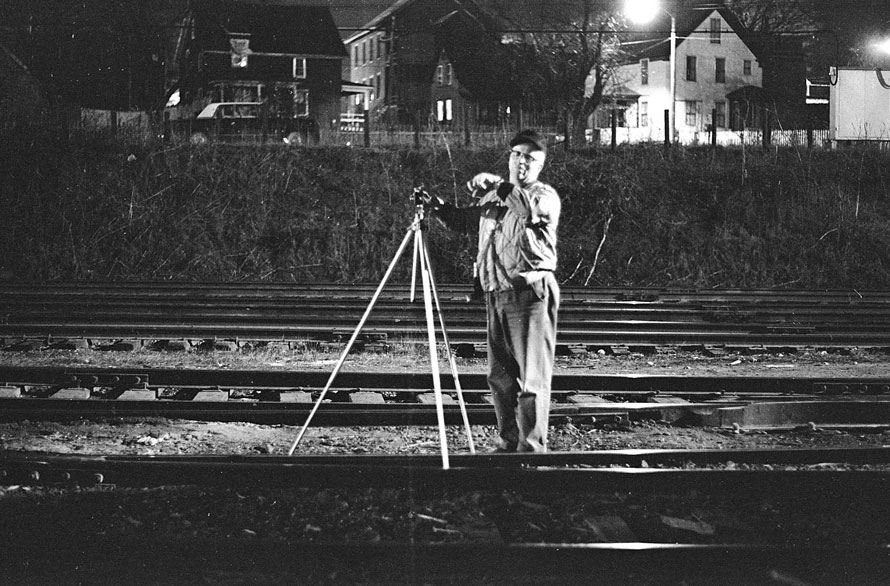
Waterville Yard was the Maine Central’s largest classification freight yard, and as such was the heart of the railroad’s operations. Daily local freight trains would leave Waterville to deliver, switch, and pickup incoming raw materials, and outgoing finished products. Maine had many paper mills, with a voracious appetite for pulpwood used to produce hundreds of thousands of tons of finished paper, which was then shipped by rail to printing plants all over the nation.
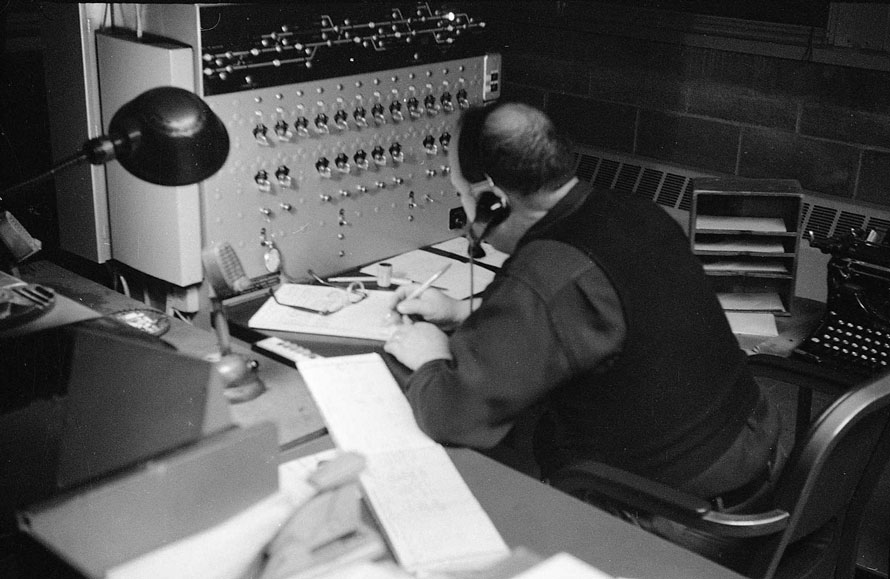
The railroad was the connection which made the paper industry possible, by delivering pulp and removing finished paper which was produced in a never ending manufacturing cycle with huge paper machines making paper 24/7/365. Delivery of pulp and shipments of paper could never be delayed or interrupted.
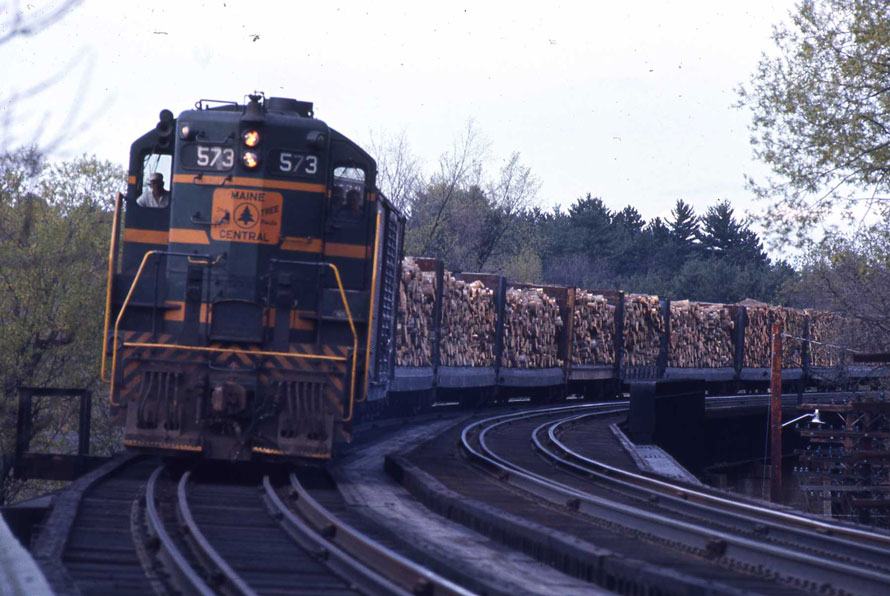
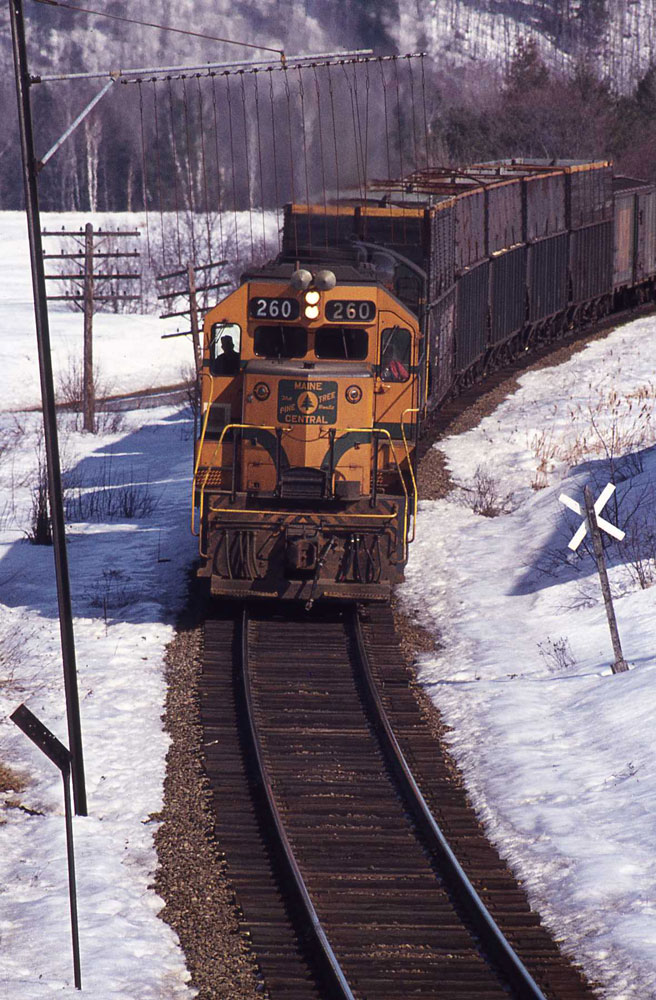
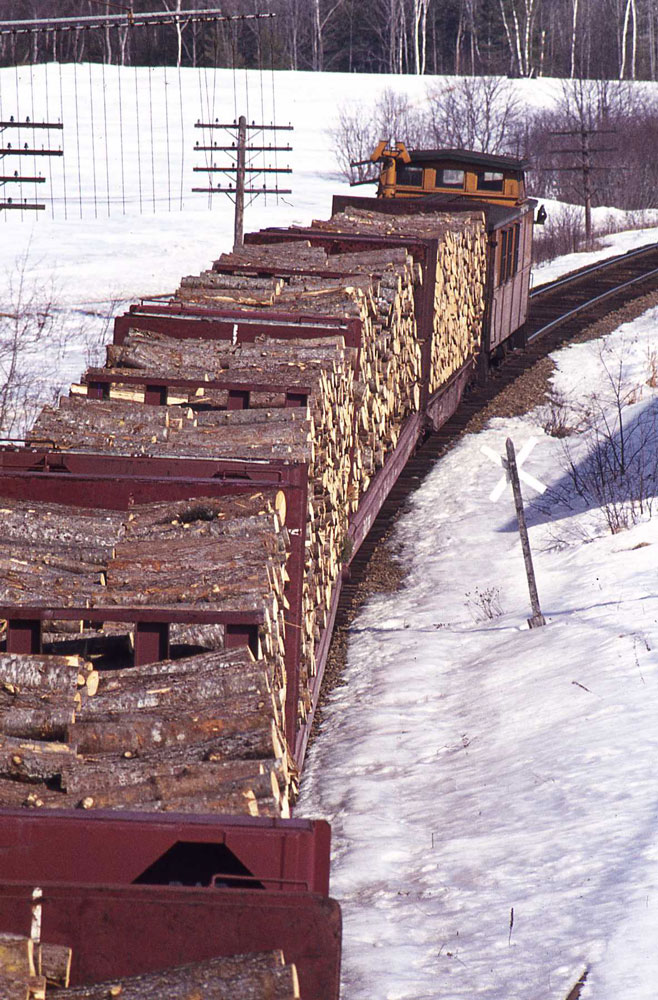
Once the cars were delivered and loaded, the agents prepared a waybill, one piece of paper that contained all the information required for the car to be delivered to the customer, including the specified routing over other railroads. The waybills were handed off at every point there was a transfer.
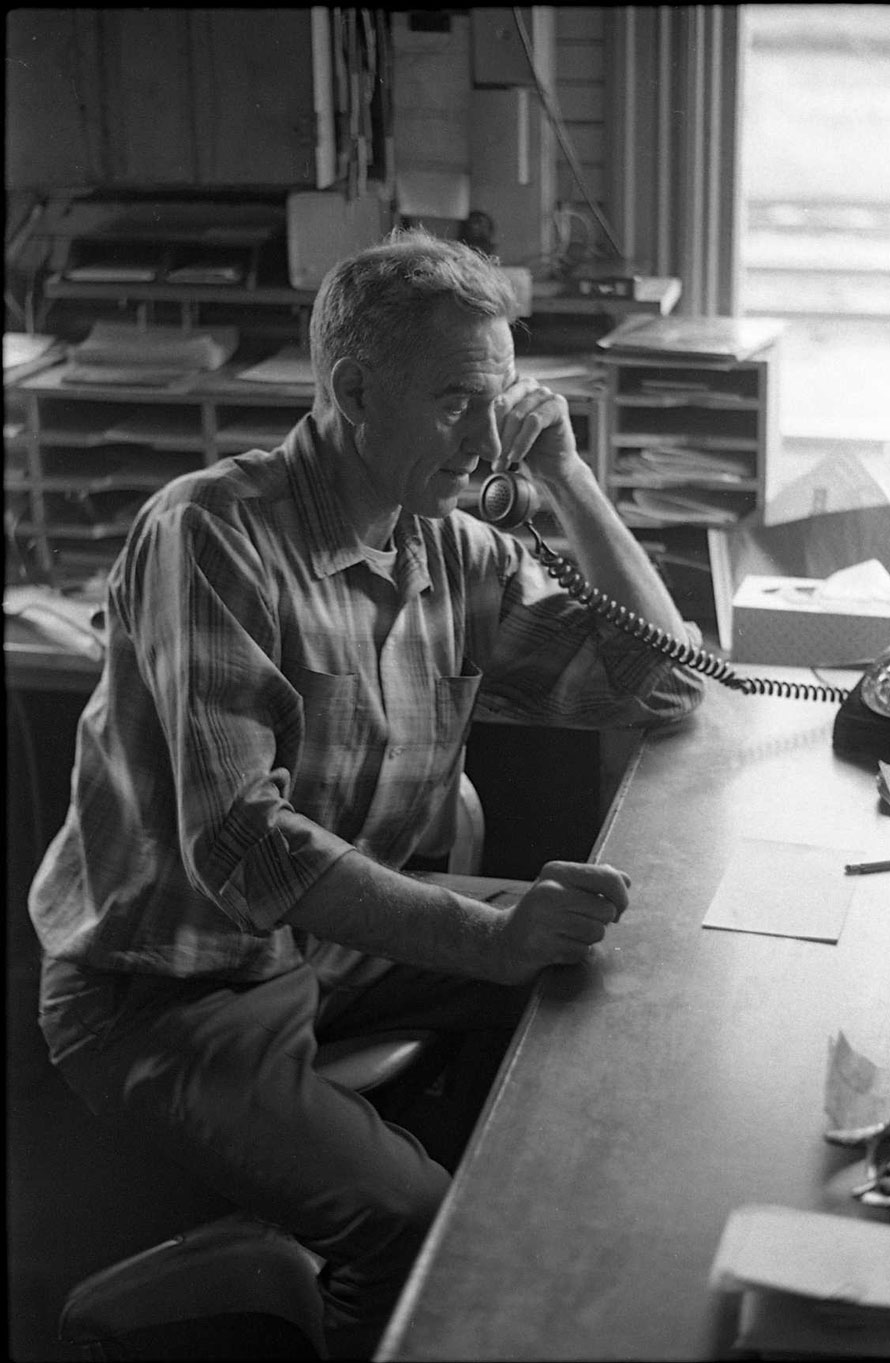
As cars were loaded and ready for shipment, the local trains would stop and collect the cars, and perhaps deliver new empty cars. The conductor would supervise the switching operation, and would collect the accompanying waybill. After the locals returned from their day’s work, the cars were delivered to yard tracks in Waterville Yard, and the waybills turned over to the bill rack clerk.
Now the sorting process of putting blocks of cars together, all going to the next destination or interchange with the next carrier, could begin.
The lessons learned at Waterville yard have stayed with me, and my fascination and love for railroads and the people who worked for them will last forever.
Under the direction of the Yardmasters, Waterville’s Yard Office was the nerve center of the railroad’s operation.
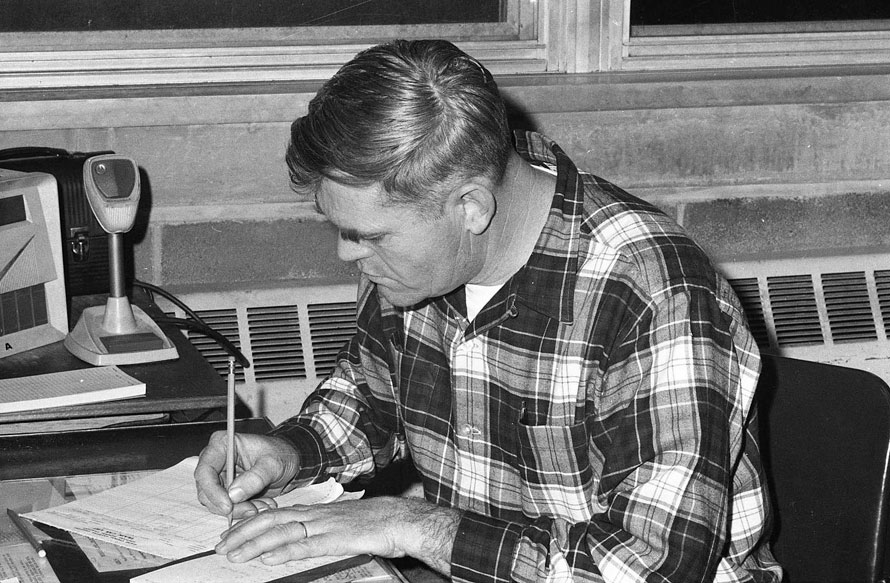
The yardmaster created switch lists, which the Switch crews (engineer, conductor, and two brakemen) would follow to gather the cars, sorted by destination and location on the line.
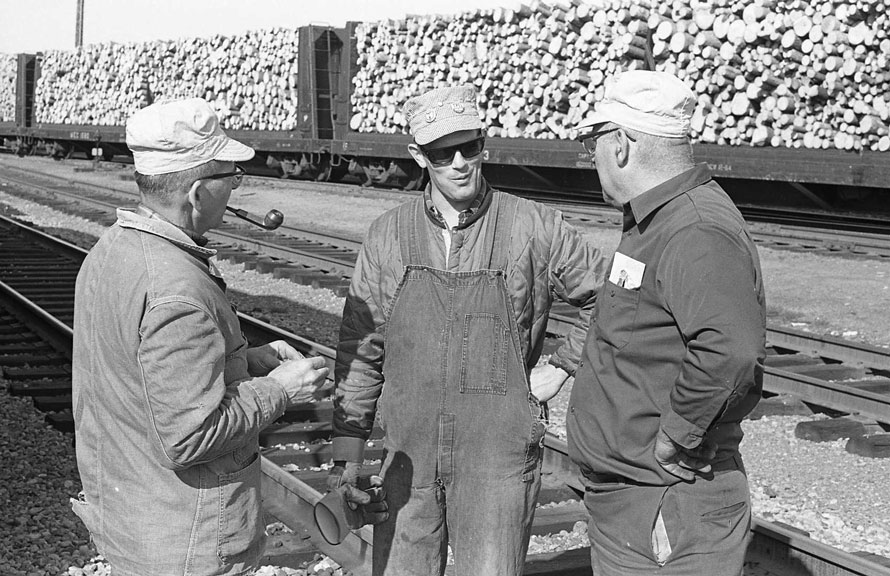
Once the cars were arranged in the proper order, scheduled trains ran between Portland at one end of the railroad, and Bangor, at the other end. B-11 and RB-1, and B-12 and BR-2 ran as through freights almost always stopping in Waterville to set off and pick up cars.
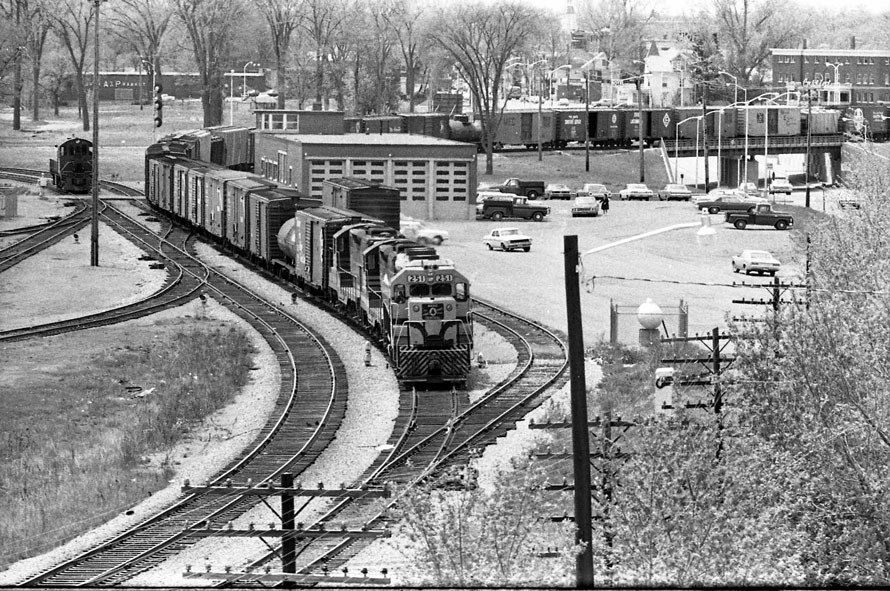
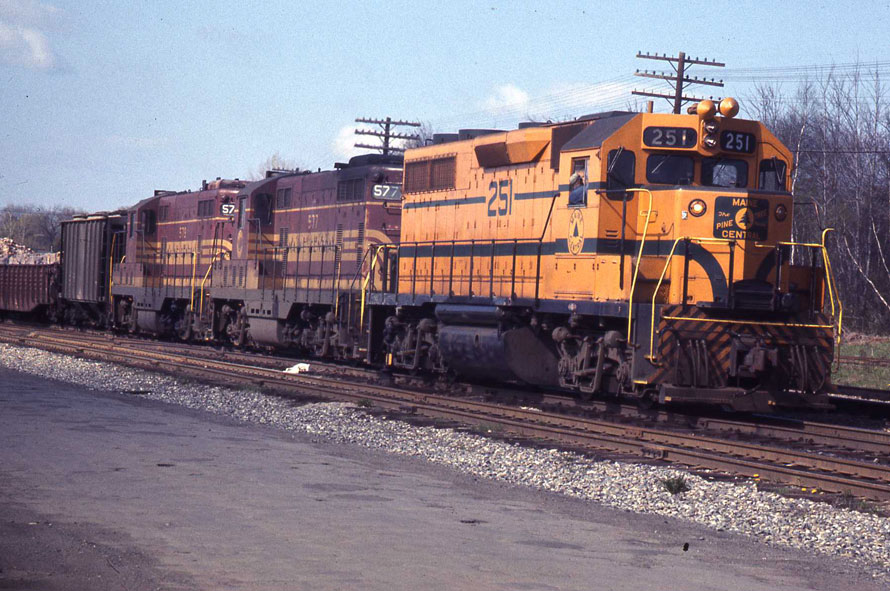
Over time, I met and became friends with the crews, and was often invited to ride along to learn more about the line and operations.
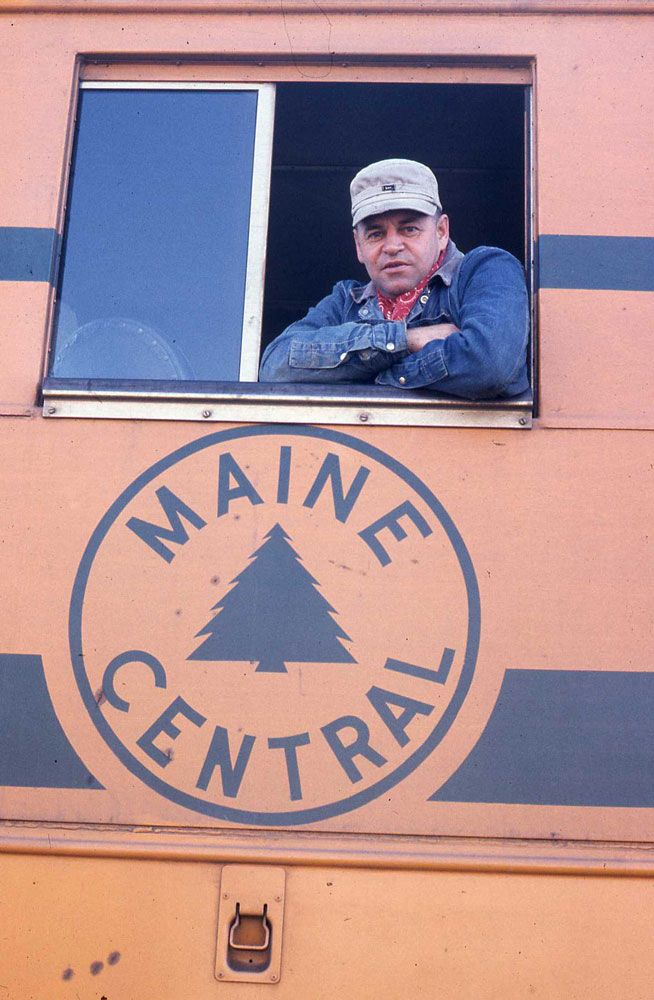
One engineer in particular was especially welcoming, and to me he represented the epitome of the Maine Central Railroader. Roger Lowe was the quintessential railroad engineer. His cap, warm sweaters and overalls, and his eagle eye watching the road ahead showed the pride he had in his important job.
His concentration on handling his train was laser focused, watching for signals from the brakemen on the ground, with his hand on the independent brake to ease the coupling of the train ever so gently.
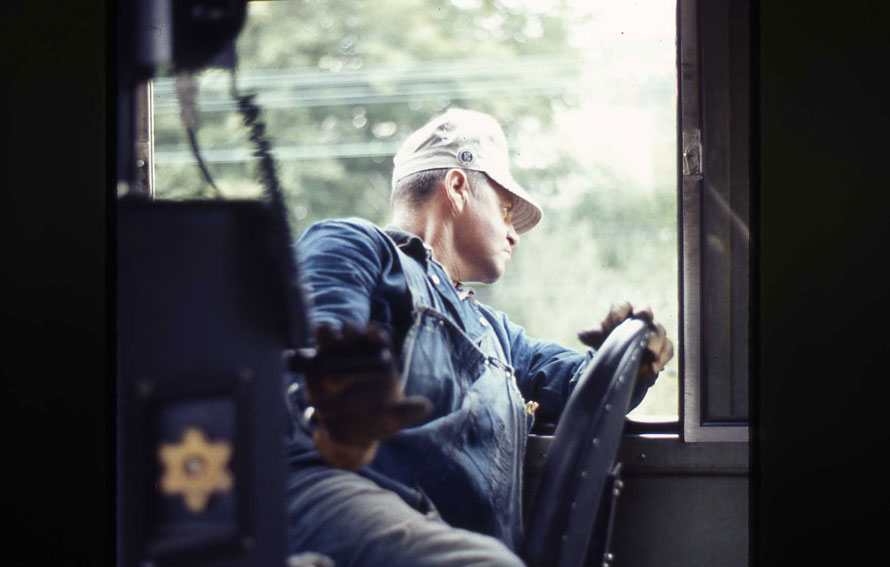
Once the train was reassembled, and the brake test completed, Roger’s sure hand moved the throttle from idle to Run 1. The engines responded as they slowly pulled the slack out of the cars until the radio came alive with “Ya’ got ’em all, Roger”. He pushed the throttle to Run 8, and the train gained speed headed down the lower road via Augusta and Brunswick, destination Portland’s Rigby Yard.
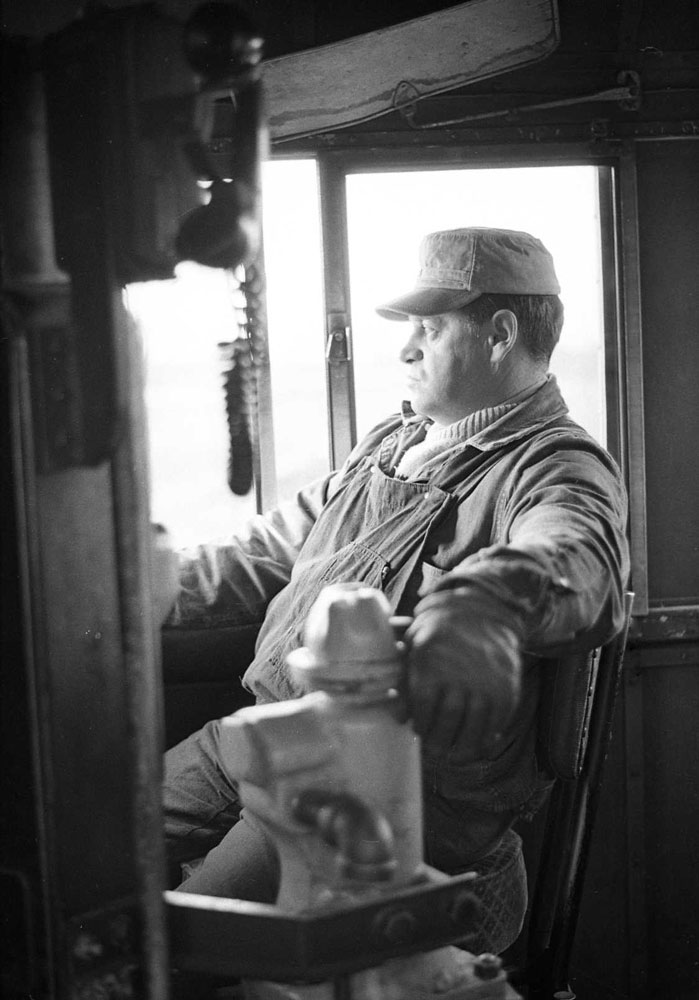
As the long train accelerated, the conductor was ready on the steps of his “buggy” to grab the waybills and train orders waiting for him to catch and process.
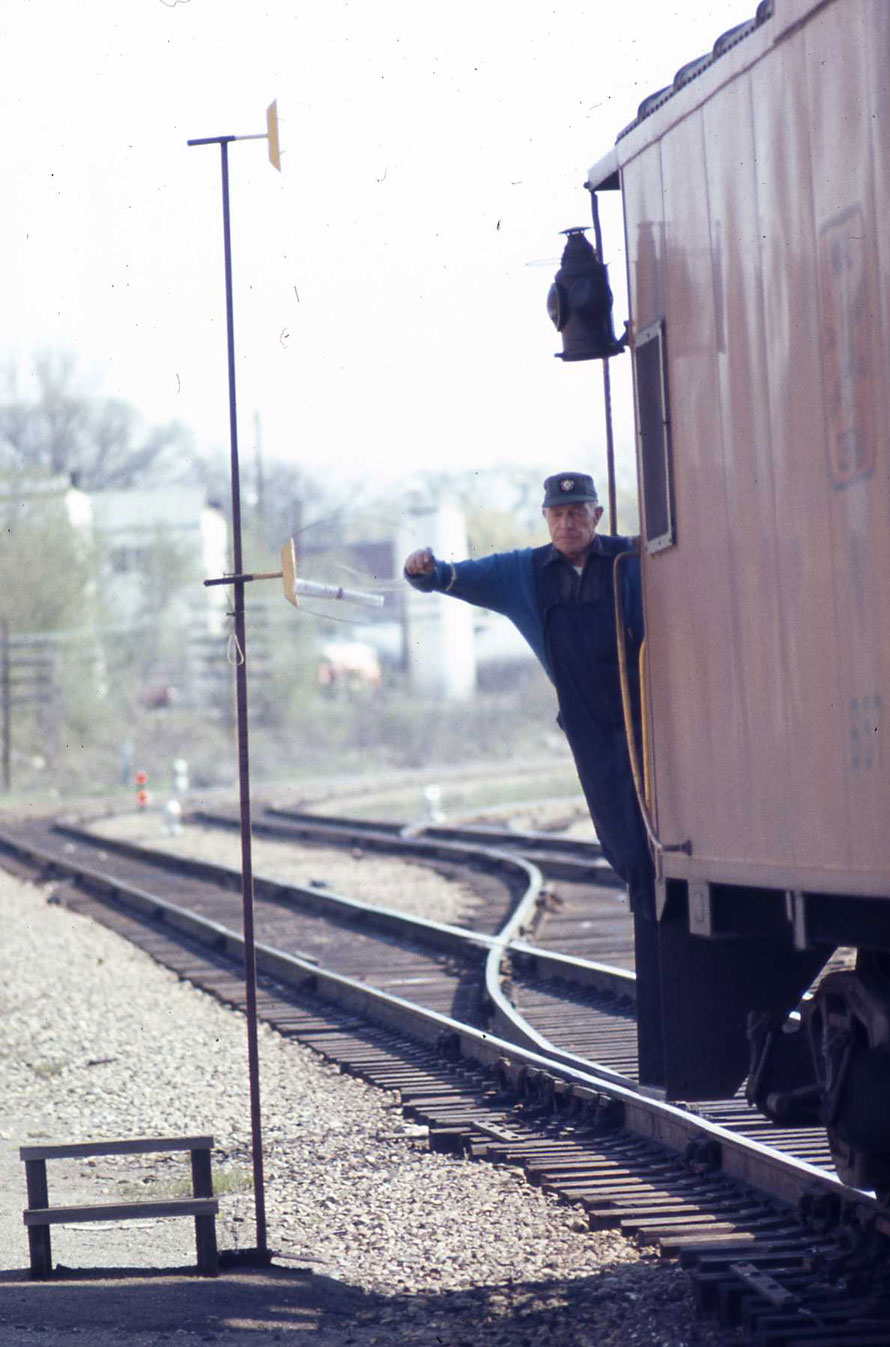
These friendly and generous men who worked for the Maine Central Railroad influenced me greatly. After graduation from Colby, I hired out as a tower operator for the New Haven, and later held various positions at the Long Island Rail Road before leaving for a career in another industry. But the lessons learned at Waterville yard have stayed with me, and my fascination and love for railroads and the people who worked for them will last forever.
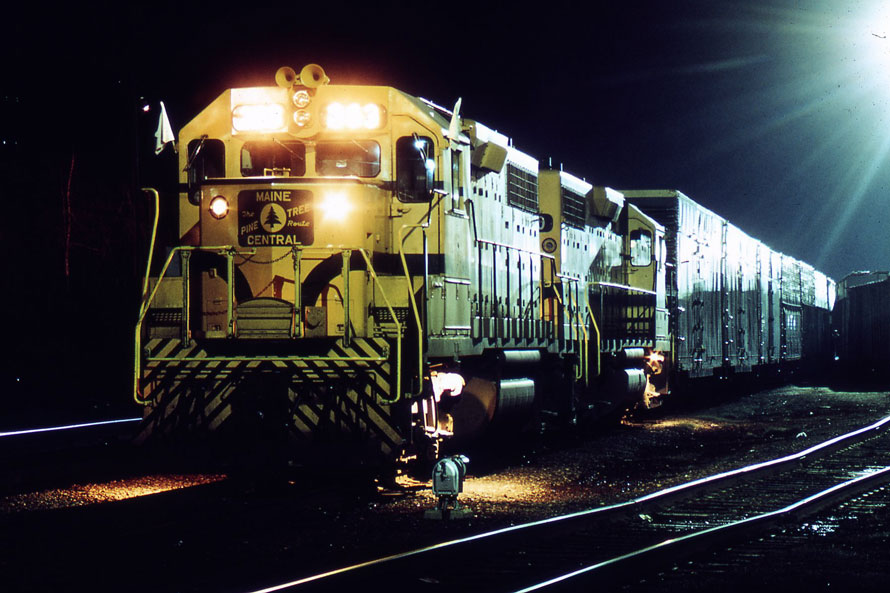
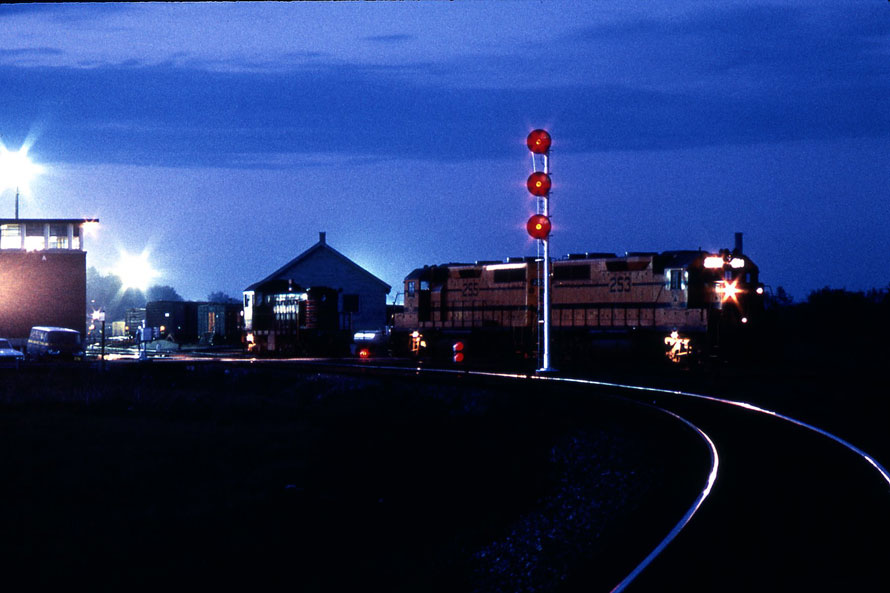
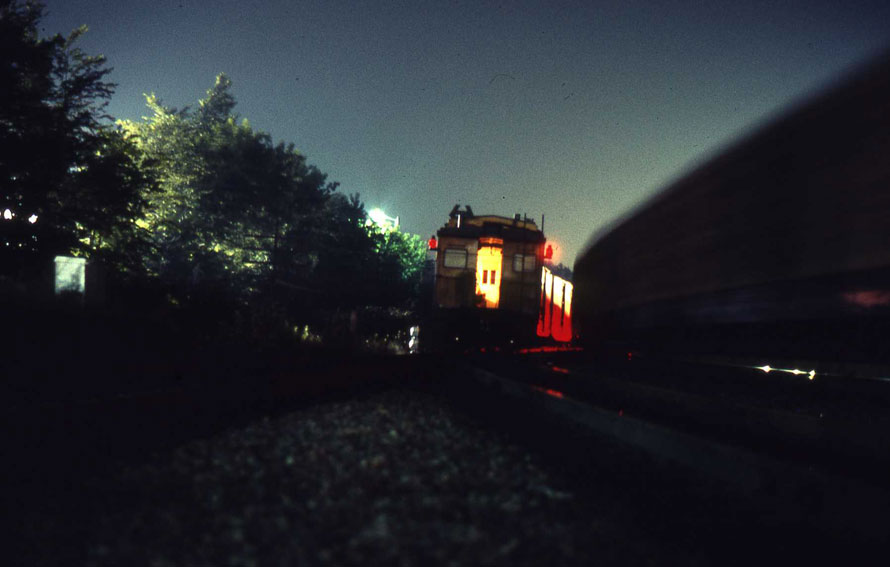
Bob Hughes – Text and photographs Copyright 2017
Fantastic photos and commentary. Well done.
Bob, this is possibly the best article I’ve read on this site, which has some phenomenal articles. Your love of the railroad and your appreciation of the people who ran it shines through your words and photos. Thank you for writing this.
Bob, damn fine work sir. The photos are very nice and I really like that you captured the railroaders at work–not just a set of pretty train pics. Nice bit of writing too.
Bob, the article and photographs are outstanding. They brought back fond memories of my own time at Colby as your room mate. We could hear the trains from our dorm on the Mayflower Hill campus and you would always comment: “That’s the ‘Wood Job’ right on time.” My own occasional dead heading on the locomotives (thanks to you and the great crews) most certainly were against Maine Central policies… . I sometimes wonder how we managed to make it through to graduation since you spent lots of time in Waterville Yard and I rode the fire trucks with the Waterville FD, and we both made many friends in town.
Great pictures that bring back many wonderful railroading memories.
Absolutely wonderful piece and it sure tells it like it was.
Great article. My father, Ray Mulhern, was a conductor/brakeman based out of Rigby Yard in South Portland from the war until he was killed in a derailment at the Diamond National mill in Mexico in 1971. His brother, Bob Mulhern, was a car knocker (I think). Sammy Sampson was a friend of my uncle’s and I remember him being with my uncle on family trips to Moosehead Lake in the 60’s.
I’m delighted that my Maine Central story struck a chord with so many people. The employees of the Maine Central were what made it such a great little railroad.
Ooooh, what a beautiful recollection of railroading as it used to be. Never mind that I’m an old B&M Fitchburg division man. That’s what we remember.
Bob,
This is an excellent article and some great photos. Could I have your permission to reprint this article in the NMRA British Region bi-monthly publication Roundhouse?
I would of course give you full credit and if you provide me with your postal address I will send the printed version to you as well.
Peter Bowen
Great article and photos Bob, thanks for sharing. Great to see how great the railroad looked back then, the immaculate right of way, and the overall character you can see in the people who worked on it. Thanks!
This is truly a great presentation with a heavy emphasis on the railroader’s themselves, which so many writers do not cover in a meaningful manner, and you provided us with an outstanding article, along with meaningful photos directly related to the railroader’s. Thanks for sharing this article with us.
I see where those who have responded had much the same impression as I did and especially in that the railroaders themselves are so well represented in your piece. The most cherished of photos I have taken over the years are those of railroaders at work. It gets in a person’s blood and can take hold for a lifetime. I suppose the right word is “passion”. Your narrative and all the photos are as close to a work of art as railroading can get. Thanks for sharing.
A wonderful article with accompanying photos that just rolled the years back for me to a very happy time in my life. I was born and raised in Waterville, and was attracted to the Maine Central for many reasons. I knew many of the employees, Art Doucette being foremost as my family lived near him and I went to school with his kids. I spent many hours ‘hanging out’ at the Waterville yard watching the trains come and go, the switching operations, and the occasional surprises. My Dad worked across the river at Scott Paper Co. for 35 years, so I was able to get a perspective on how important the railroad was to that mill specifically. In both places there was an air of pride and professionalism in all aspects sadly no longer seen today. I was fortunate to hop a few rides in the cabs of some local jobs as well as making a trip to Rigby Yard in the cab of 261. That trip was worth the ‘grounding’ my parents gave me for taking off to places far and wide without telling them! I can honestly say that I didn’t really know much about the overall operations as many fans of the MEC did, but deeply appreciated the solace I received in just watching and listening to that railroad doing what it was meant to do. . . and doing it so very well.
I later went on to a transportation career in the Merchant Marine. It too went through a tough time in the early 1980’s as the MEC and other railroads did, when several marine tanker companies sold off their fleets and put a few hundred of us out of work. Having inherited that good old Maine stick-to-itive-ness, things worked out and life moved along. It seemed that I had just left to go off to sea, and when I returned, my old friend, the MEC was gone. I’m happy to read that so many others have fond memories of the MEC and its people.
Last year, I visited the Waterville yard, and stood in the same spot that I used to occupy 40 years before, and just for a few moments, it was 1973 again!
Again, thank you for sharing with us your experiences and photographs!
God Bless.
Kevin, thank you so much for your memories and your comment. Like yours, my own career diverged from railroading (New Haven and Long Island), and so I was no longer in the industry when the inevitable changes happened. I, too, stopped by Waterville Yard last September after attending the memorial service for Burns Hillman (a lifelong friend) and was deeply saddened to see what little remained of the railroad. We visited Dot Doucette during our trip, and she is doing very well.
I am very interested to learn more of your story, and can share many other photos and stories with you if you are interested. My email is bhughes914@gmail.com.
Bob.
PS – if you have not already, please look at “Maine Central via John Stewart” on The Trackside Photographer. I know you will enjoy it.
http://thetracksidephotographer.com/2018/01/04/pine-tree-route-via-john-stewart/
great memories where my husband Eugene Laliberte worked doe anyone remember him passed in. 1987👍
Awesome article. Much has changed!